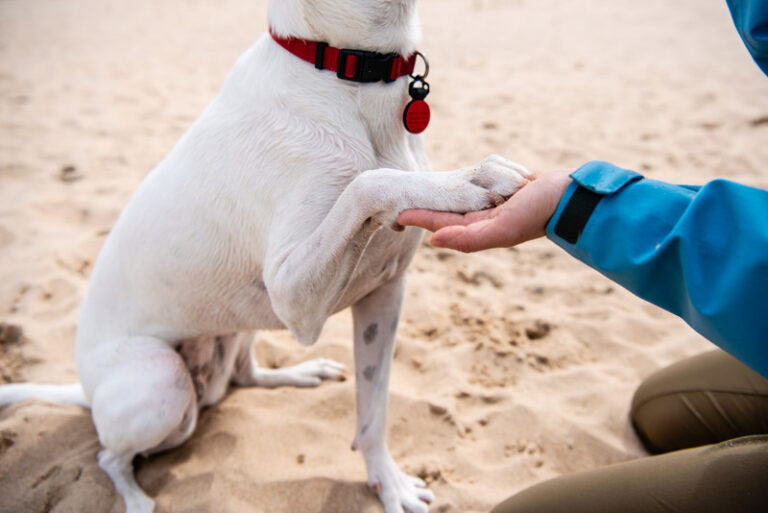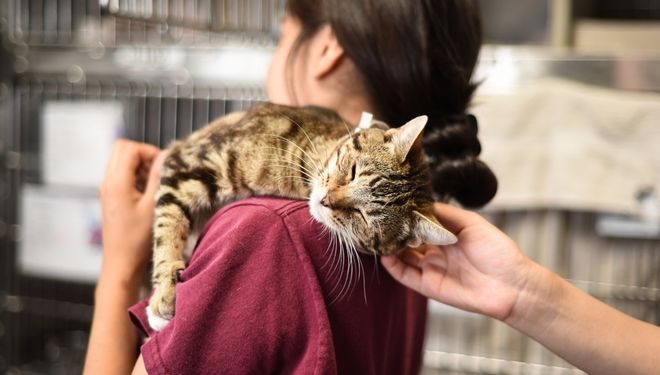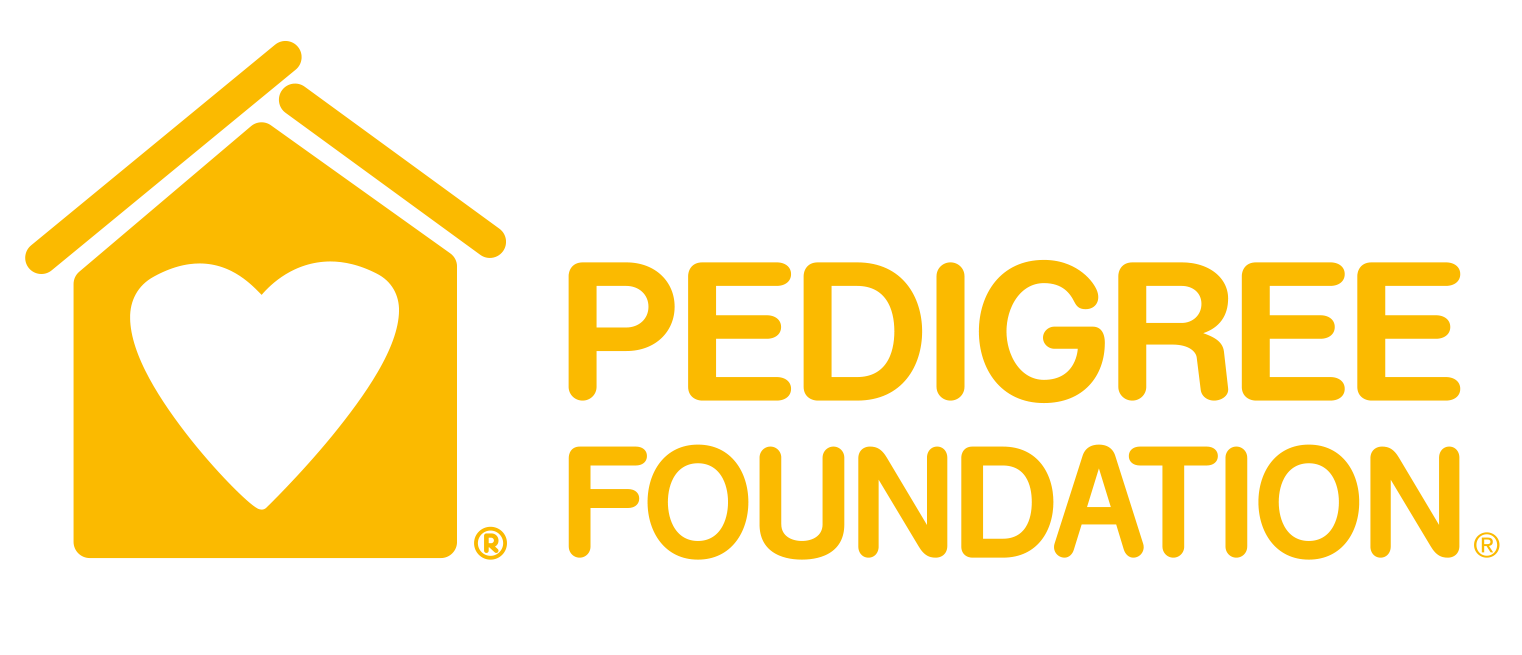When you make your animal welfare organization more accessible, you are making it a more welcoming and inclusive environment for potential adopters, volunteers, and employees.
Accessibility is about creating a space for people with disabilities to have the same opportunities, information, and services as people without disabilities.
In this blog, I’ll share some of the ways to make your organization more accessible by addressing some physical and attitudinal barriers, and how to become more welcoming and inclusive.
Accessibility
One way to create an accessible environment is to make sure your building is accessible to people with physical impairments and disabilities, such as with:
- Accessible parking spots in your parking lot and curb cuts, where necessary, for people with limited mobility or who use wheelchairs.
- Entrance ramps for those who are unable to use stairs.
- Open access to people with their service animals.
- Doorways, hallways, and restrooms need to meet certain standards of ADA accessibility.
- Have at least one restroom that is ADA-accessible, which means that bathroom stalls are large enough for someone who uses a wheelchair to navigate the doorways, sinks, dryers, etc.
- Provide stools or steps for those who are small in stature.
- Offer a variety of seating opportunities for people of various sizes.
Communicating your organization’s mission and spreading the word of your efforts can reach more audiences if your media and materials are more accessible and inclusive:
- For people with vision impairments and reading challenges, have Braille and large print format versions of printed materials and building signs, and ensure your social media and website are accessible for those with text reading programs.
- For people with literacy challenges, or intellectual or developmental disabilities, it is helpful to provide easy read guides with plain language written with less jargon, simple words, fewer syllables, and added pictures and symbols.
- For Deaf people or those who are hard of hearing, provide closed-captioning options for your audio materials and social media posts. Have a list of numbers for local people who provide ASL interpretation.
- If you are hosting a meeting or webinar, include a section in the announcement where people can request accommodations, such as live captioning, printed materials ahead of time, and a recording of the meeting.
- Representation matters! Use images in your promotional materials that incorporate people with different abilities and races, genders, ages, body shapes and sizes, etc.
- Language matters, too. Do not use common words and phrases that are ableist or offensive to people with disabilities. Here is a non-exhaustive list of terms and words that should be avoided.
Attitudes and Beliefs
Inclusion is not only about the physical spaces and materials representing your organization—it’s also about making your establishment a welcoming space for all people.
This begins by addressing attitudes and beliefs that might be outdated and potentially offensive:
- All people with disabilities deserve to be treated with dignity and respect. Do not assume that someone with a disability has a lower intelligence. Speak to each person clearly and age-appropriately, regardless of their abilities.
- Do not pity someone with a disability because this sends the message that you’re grateful you’re not like them. This is offensive and dehumanizing.
- Do not refer to a person with a disability as an inspirational hero merely because they’re able to perform a basic task or function or seem to have “overcome” their disability. This is harmful and further excludes people with disabilities, although it might seem well-intentioned on the part of those without disabilities.
Check the assumptions you and your staff bring to the table. No one is perfect and people’s attitudes are based on their experiences and environments.
Disability Etiquette
Disability etiquette is an important part of your organization’s culture of inclusion and accessibility:
- Do not touch someone, their mobility device, communication device, or service animal without their consent.
- If someone uses a wheelchair, do not try to move them without their permission.
- If someone has a vision impairment, give a visual description or offer your arm if they ask, but do not try to lead them without their consent.
- If someone has an interpreter, support person, aide, or caregiver with them, speak to the person with the disabilities, not the support person.
How should I talk to people with disabilities about their disability?
- It is best practice to ask someone how they would like to be identified. Defer to the language and terminology used by the individual.
- Pay attention to the words the person uses to describe themselves. Here are two common ways:
- Person-First Language: Places the person first and the disability second, so the person’s identity and value are not defined by their disability (i.e. an adult with Down Syndrome v. a Down Syndrome adult, or a person with Alzheimer’s v. an Alzheimer’s person).
- Identity-First Language: A way for people to show pride in their disability and challenge the stigma of disability labels. Some people who have Autism Spectrum Disorder prefer to be referred to as Autistic. For some in the Deaf community, deafness is not viewed as a disability, but instead is perceived as its own culture.
These are just some of the ways you can make your facility more accommodating, accessible, and promote inclusivity for people with disabilities.
This blog is just a start, not exhaustive. If you’re interested in learning more specific ways to become more inclusive, contact your local disability rights organization and other disability advocacy and self-advocacy groups in your city, state, or region.
I want to close this blog by sharing a story about a person I know named JP. Like so many, JP lost his job last year during COVID. He took the opportunity to foster through his local animal shelter. JP has chosen not to share the details of his disability, but told me that the shelter following some of these accessibility guidelines made it possible for him to participate.
JP quickly fell in love with his foster dog, Zoey. He adopted the dog and, one year later, they’re both doing very well together.
JP is not only an advocate for his own rights, now he’s also an advocate for the animal shelter and its pets. He told me people should adopt shelter dogs because they’re—his words—lovable, help you get exercise, love to snuggle, and are “at home instead of a shelter.”








